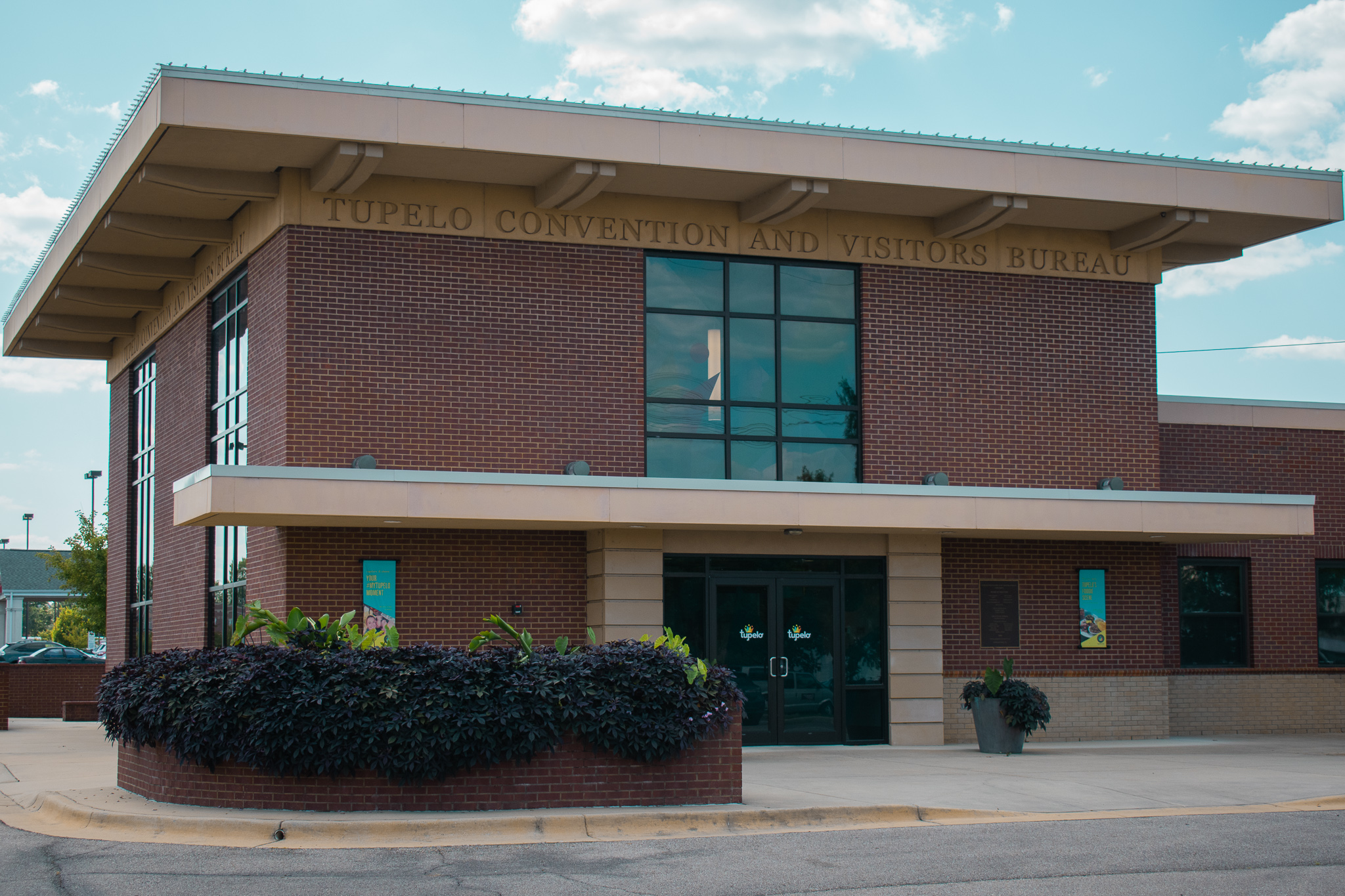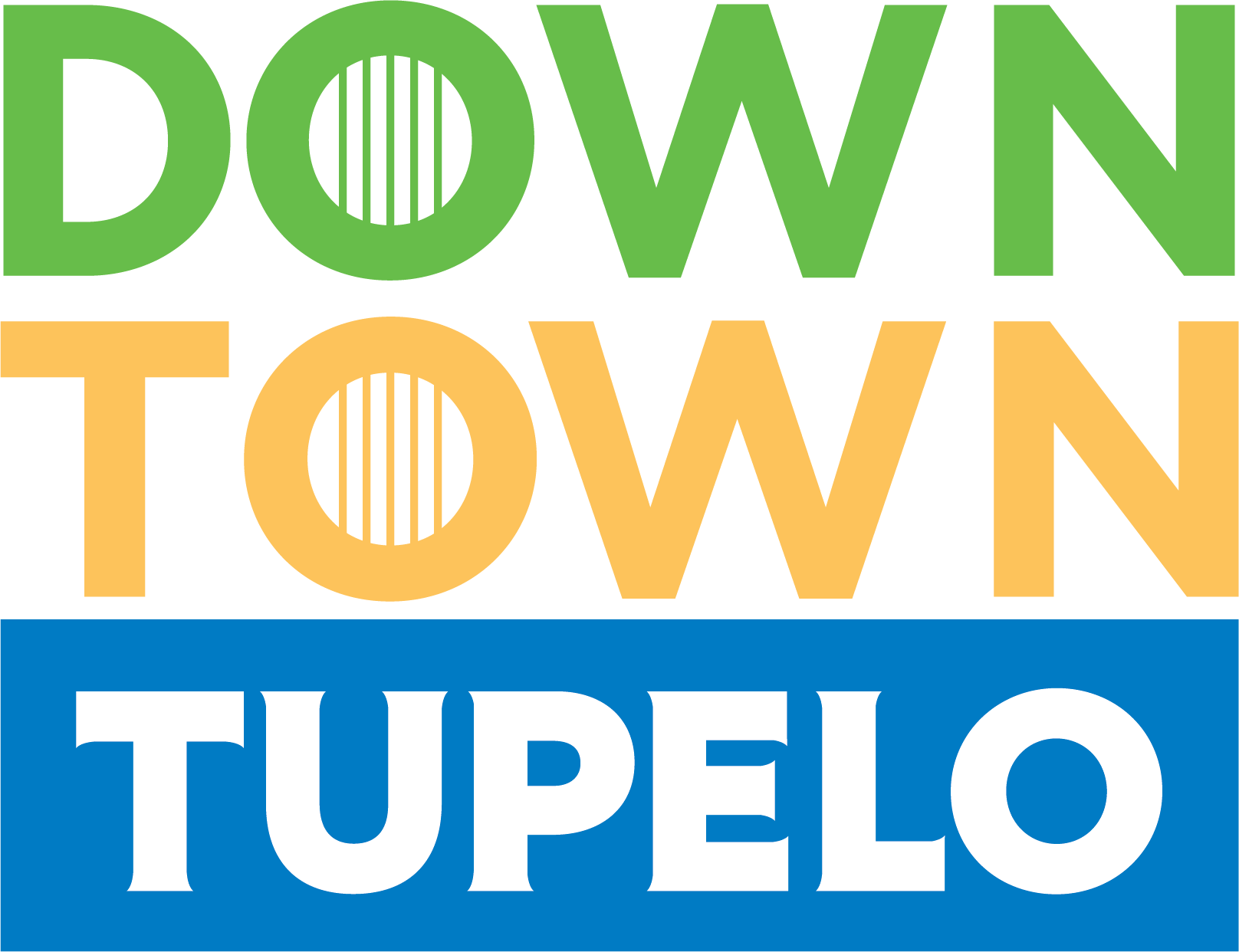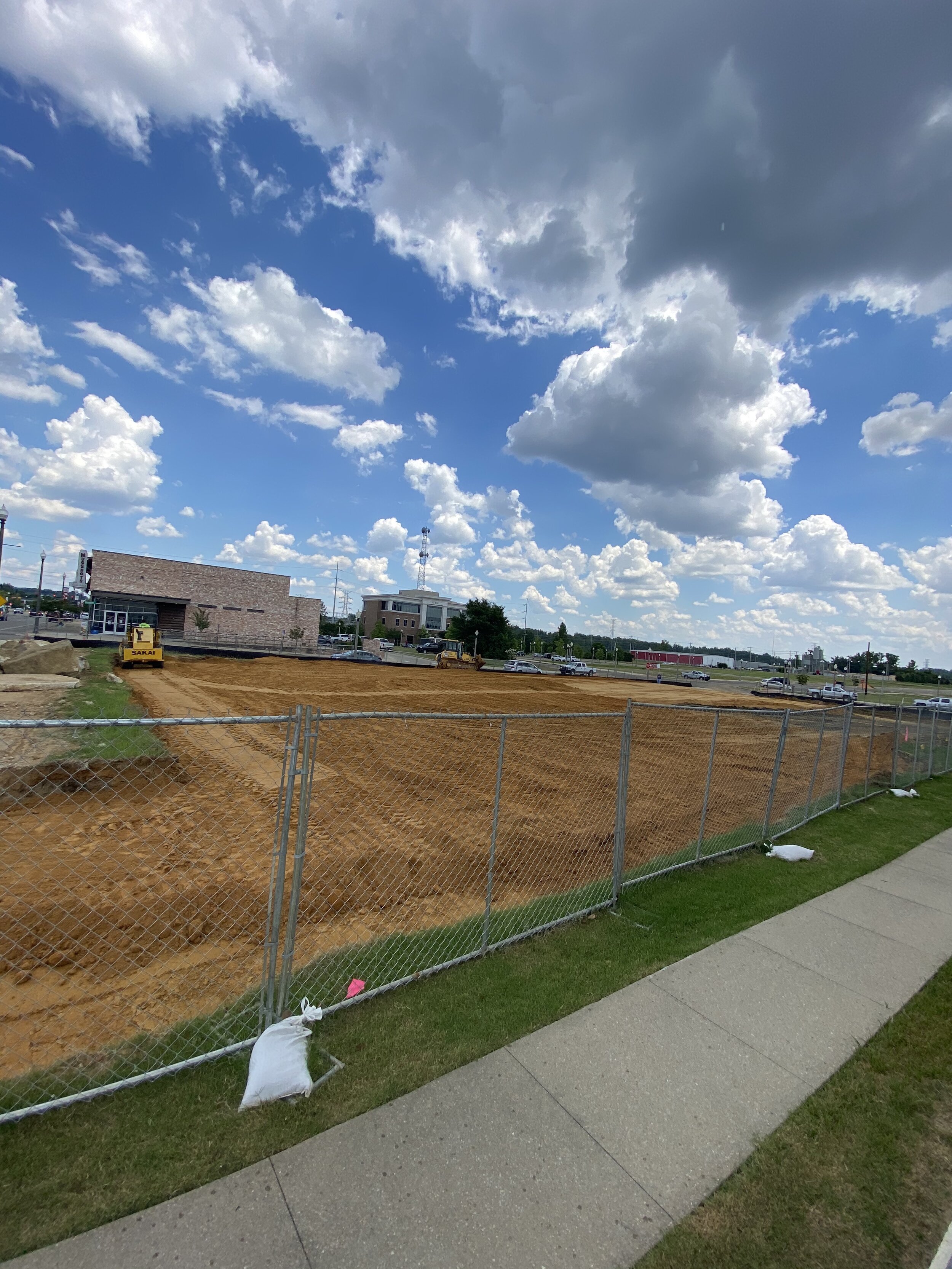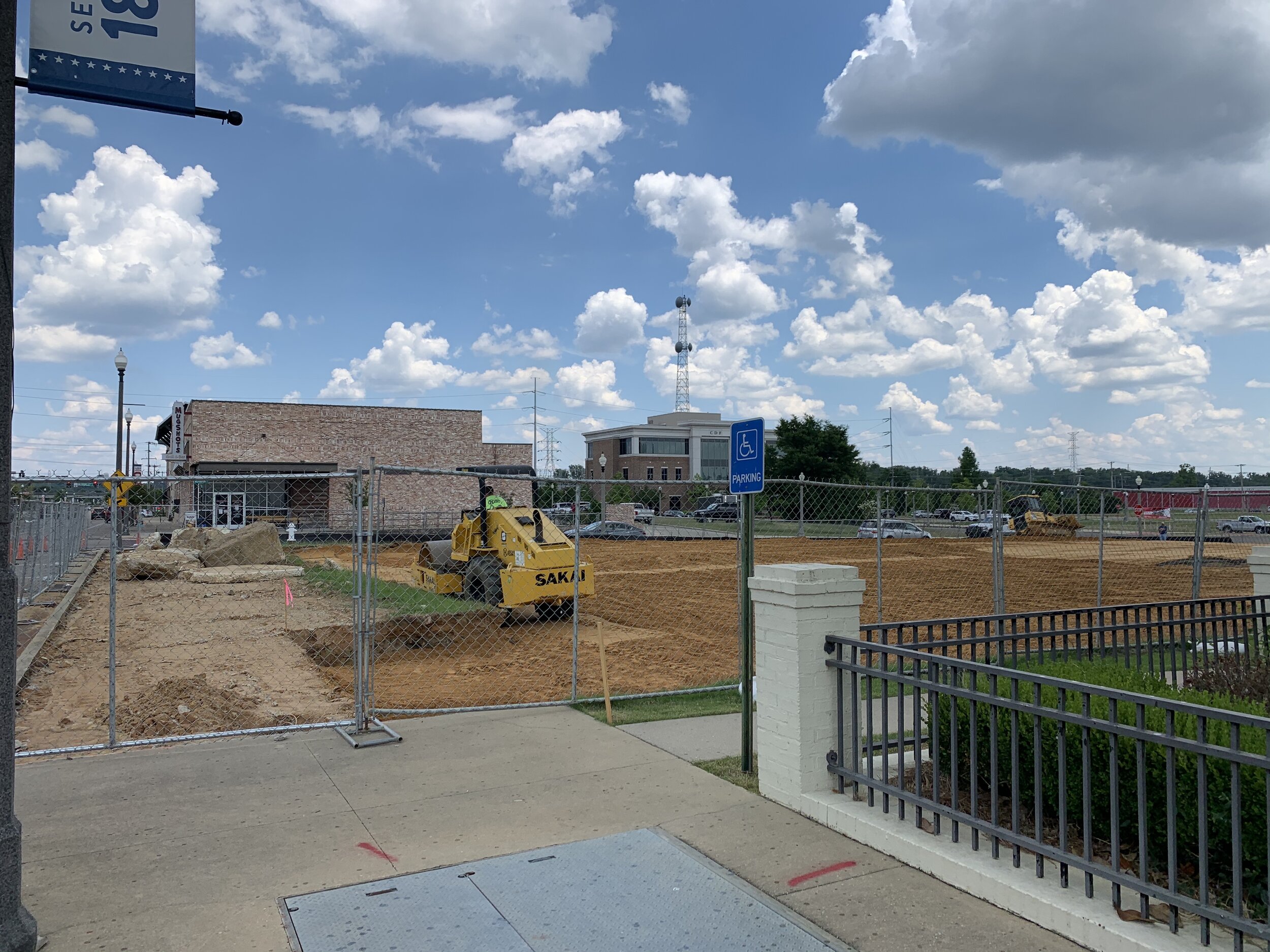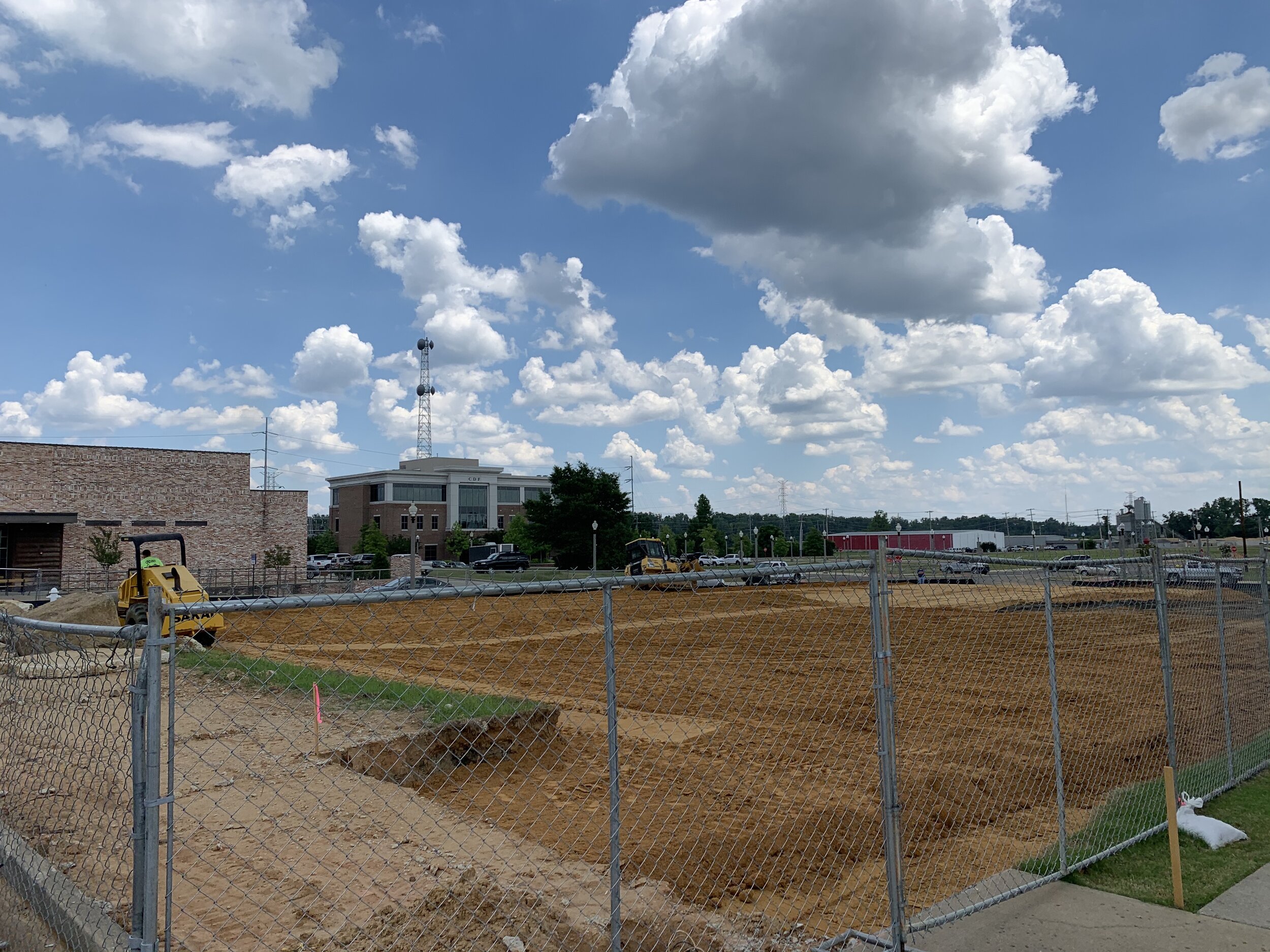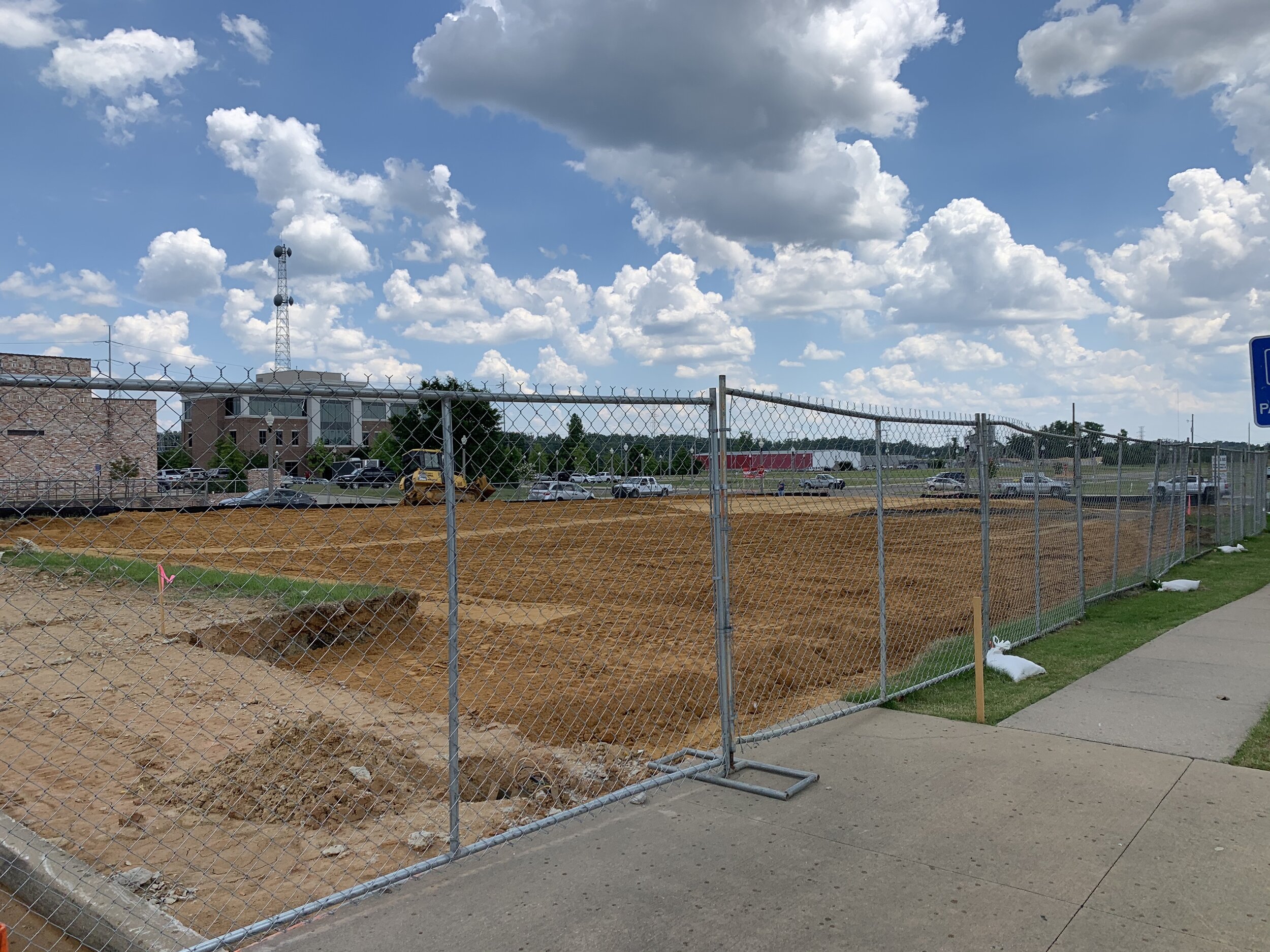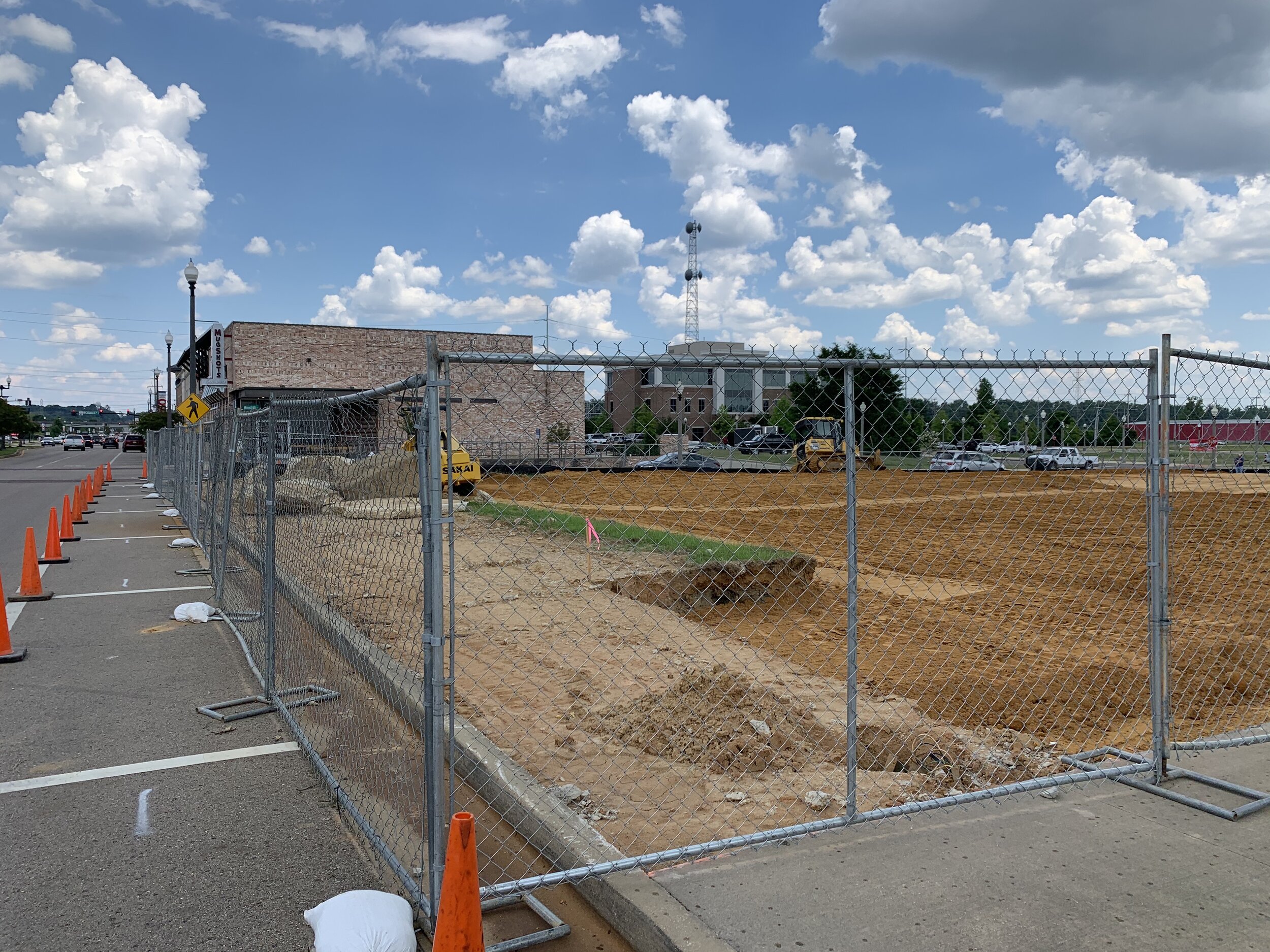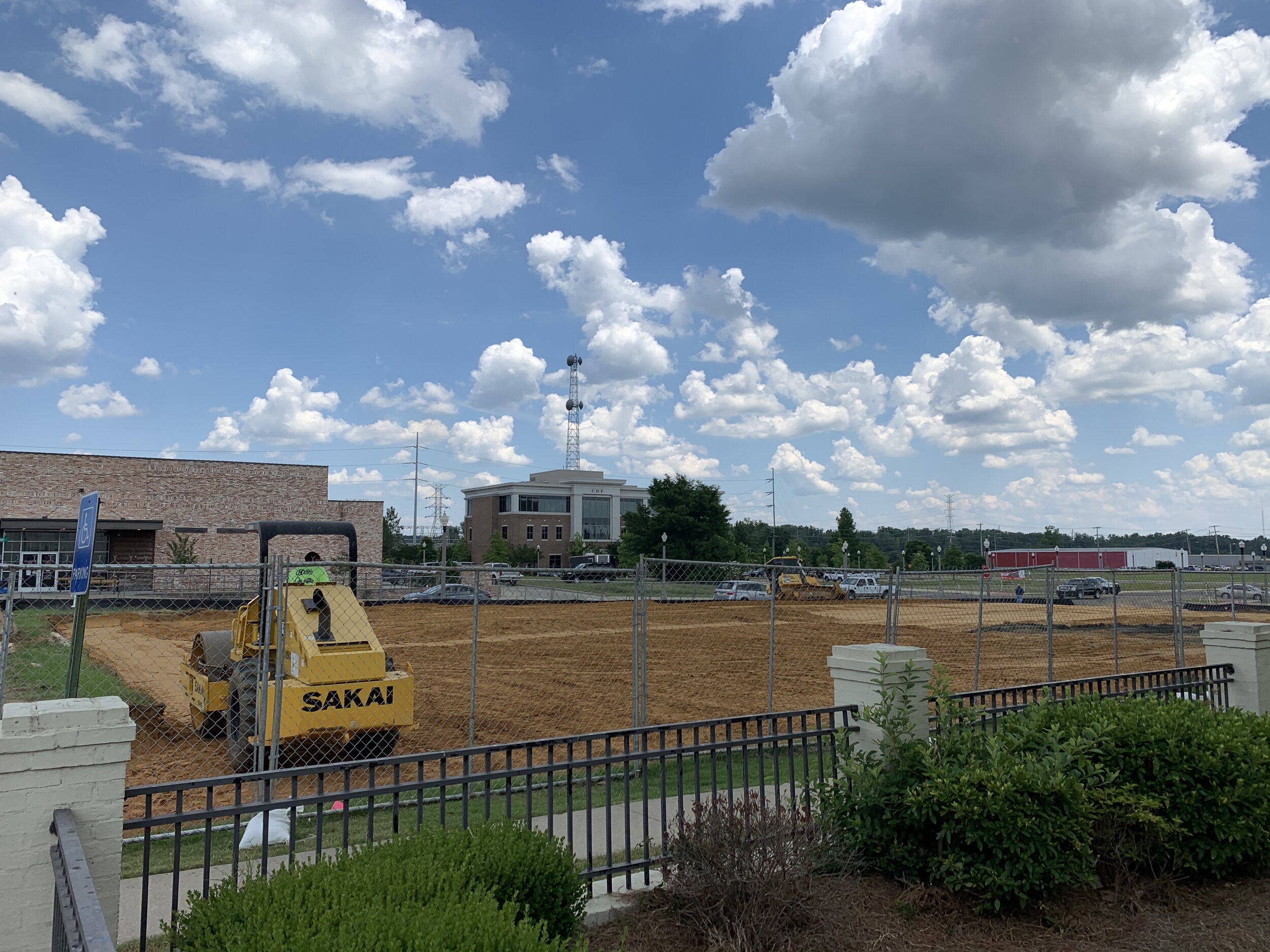FAIRPARK DISTRICT
The redevelopment of the former fairgrounds will be a seamless extension of the urban fabric of existing downtown Tupelo. The architectural character and scale of the redevelopment area will be that of a traditional small city downtown and its surrounding neighborhoods.
Four new interconnecting neighborhoods combine to remake the former fairgrounds into a vibrant and diverse addition to Downtown Tupelo.
The Business/Civic Neighborhood contains the new City Hall and adjacent Fairpark and primary office buildings with the potential for some service oriented retail.
With its North/South axis anchored by a new hotel/conference center and multi-screen cinema/restaurant complex along with new retail and offices along Main Street and the Square, the Entertainment/Retail Neighborhood returns excitement to the old fairgrounds.
The Clark Boulevard Neighborhood is the most diverse with a mix of small office, neighborhood retail, apartments and townhouses.
The Fairpark Neighborhood is comprised of a variety of single family residences focused on an approximate 3/4 acre neighborhood park. (project overview, 2001)
Residential


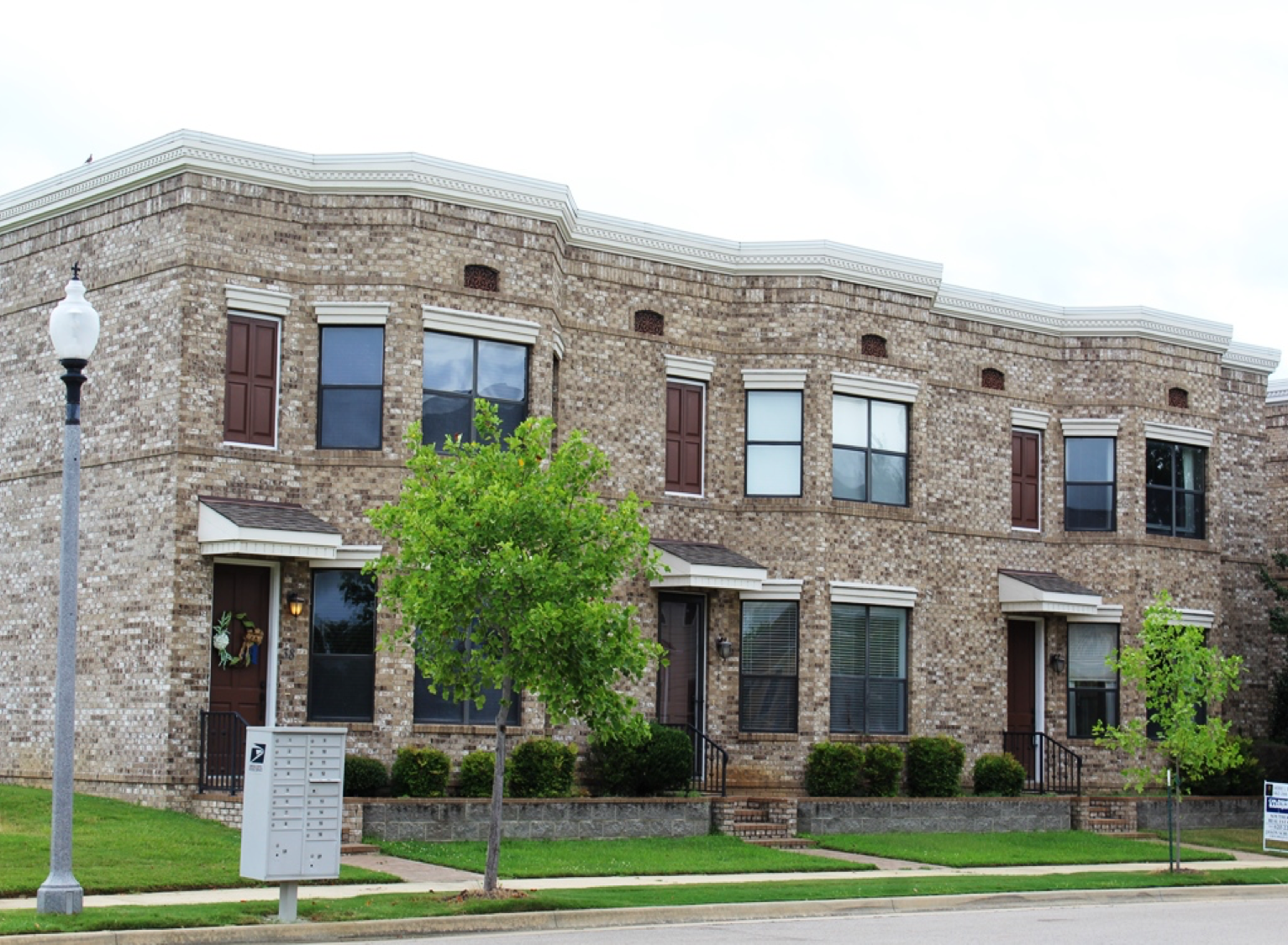


The Grandstands at Fairpark
THE GRANDSTANDS
How it began...
Fairpark District, once the county's fairgrounds, is a 50-acre urban renewal development started in 1999 by the Tupelo Redevelopment Agency. The city of Tupelo issued $22.7 million in bonds for the purchase of property and development of infrastructure, with a projection that private investment would eventually be three times that amount. Among Fairpark's dominant occupants are City Hall, the Hilton Garden Inn, Tommy Morgan Inc. Realtors and the Renasant Center for IDEAs, with other businesses snapping up the empty lots.
A successful community must be able to turn challenges into opportunities, to make advantages out of disadvantages. Nothing more clearly demonstrates Tupelo's ability in this regard than what has happened downtown between Front Street and Highway 45 in the last decade and a half. The first challenge came in the early 1990s, when businesses vacated the old Downtown Mall on East Main Street and the Mall at Barnes Crossing opened. The city was left with a shell of empty buildings downtown. That challenge was quickly turned into an opportunity with a refitting of the mall into the Tupelo Coliseum, which later became the BancorpSouth Arena. Naysayers complained that it would never work, that it was a waste of taxpayers' money. Thankfully, they didn't carry the day. They've been proven wrong by a successful entertainment, sports, convention and meeting location that has added much to the economy and quality of life of Tupelo, Lee County and Northeast Mississippi. Development of the coliseum also set the stage for the next conversion of a disadvantage into an advantage. For years private sector leaders had envisioned turning the unused land - dozens of acres - that had once been the county fairgrounds into more productive uses, beginning with a new City Hall as the centerpiece. Eventually that evolved into a bigger, broader vision: A mixed use office, retail, dining and shopping venue, complete with a hotel and convention complex. The Fairpark District concept was born.
Nine years ago, the city issued $22.7 million in bonds to finance the project (without a tax increase), and the results are there for all to see -with much more to come, as detailed in the by Daily Journal staff writer Carlie Kollath. Again, the Fairpark vision was not unanimously embraced. Opponents said it wouldn't work, that it was too ambitious, that Tupelo was too small for such an undertaking, that it was an unwise use of public funds. In many communities such opposition would stall and eventually bury a project of Fairpark's scope. A key distinction historically in Tupelo is the willingness to think big, to think long-term and to take the political risks to make things happen.
Everyone who lives and pays taxes in Tupelo should remind themselves as they drive down Main Street and see the development on both sides that this area just a few years ago was largely an unproductive eyesore for the city. It has been transformed into a distinct advantage, not only for downtown, but for the entire city and, by extension, the surrounding region. It will more than pay for itself in increased investment and tax revenue.
It took vision, persistence and patience. From the beginning, its architects talked of a development timeline of 10 years. We are now approaching that, and progress toward fulfilling the complete vision is clearly evident.
Strong communities know that success begets success. They also aren't afraid of challenges that may seem insurmountable in less confident and ambitious places. Tupelo must never lose the can-do attitude that powered this downtown renaissance.
{excerpt taken from the Northeast Mississippi Daily Journal}
Hotel Tupelo
HOTEL TUPELO
Other commercial developments…






